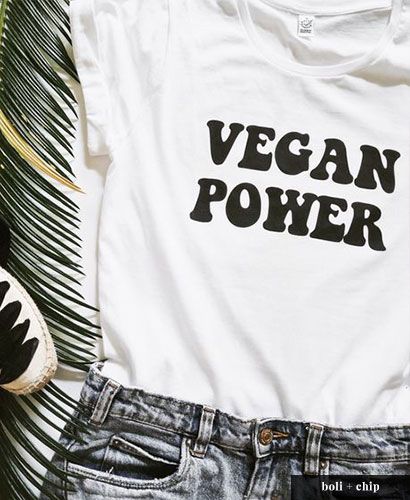Fashion Forward – Is it Possible to Have A Future Without Animal Exploitation?
The president of a renowned Animal Defense Association, Ingrid Newkirk, expressed her desire to leave certain parts of her body to well-known brands and institutions. One of her intentions is to offer a bag made from her own skin to a famous French saddler. This provocative act aims to draw public attention to the unnecessary exploitation and suffering of animals.
At the age of 73, the prominent activist’s testament reflects her concern about the future of the fight she dedicated her life. Implicitly, it reveals a certain pessimism regarding the end of animal use in the textile industry.
Animals continue to be victims of the fashion industry, which still relies on them for accessories, shoes, and ready-to-wear garments. This highlights the ongoing necessity for PETA’s shocking actions, as the fashion and luxury sectors have not yet transitioned away from using animals.


This perspective is particularly troubling because animals bred for fashion not only endure mistreatment but also contribute to environmental pollution. Their CO2 emissions, including the release of gases like methane, and the intensive use of water and toxic chemicals in leather tanning activities are major contributors to this pollution.
Vegan Fashion
Fortunately, alarming discoveries have spurred the creativity of young visionaries in the fashion and technology fields. They have envisioned and designed innovative alternative materials that are both cruelty-free and aesthetically appealing, rivaling their natural counterparts.
Faux fur, once an exception, has now become the norm with the rise of sustainable synthetic materials. Brands like House of Fluff and its BIOFUR™ have developed textiles made from vegetable and/or recycled materials that are designed to be biodegradable.
In the realm of leather, various synthetic alternatives have emerged. Piñatex, created from pineapple waste, Mylo, grown from mushroom roots, Desserto, made from cactus, and Vegea, derived from grape residue in the wine industry, are just a few examples of these innovative materials.